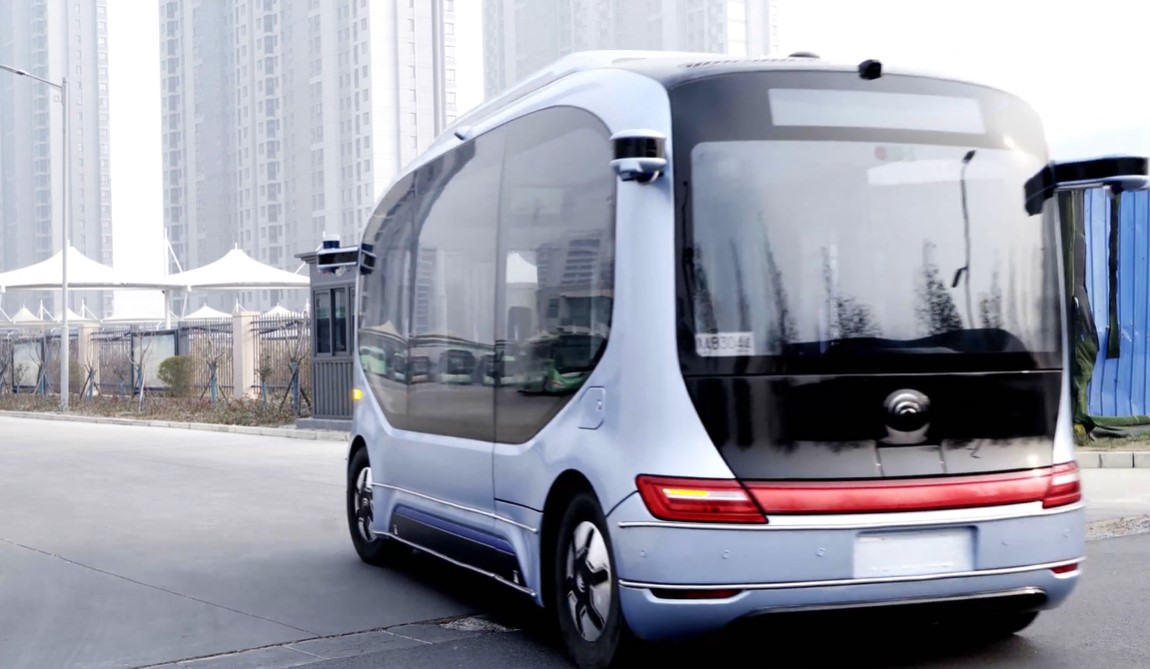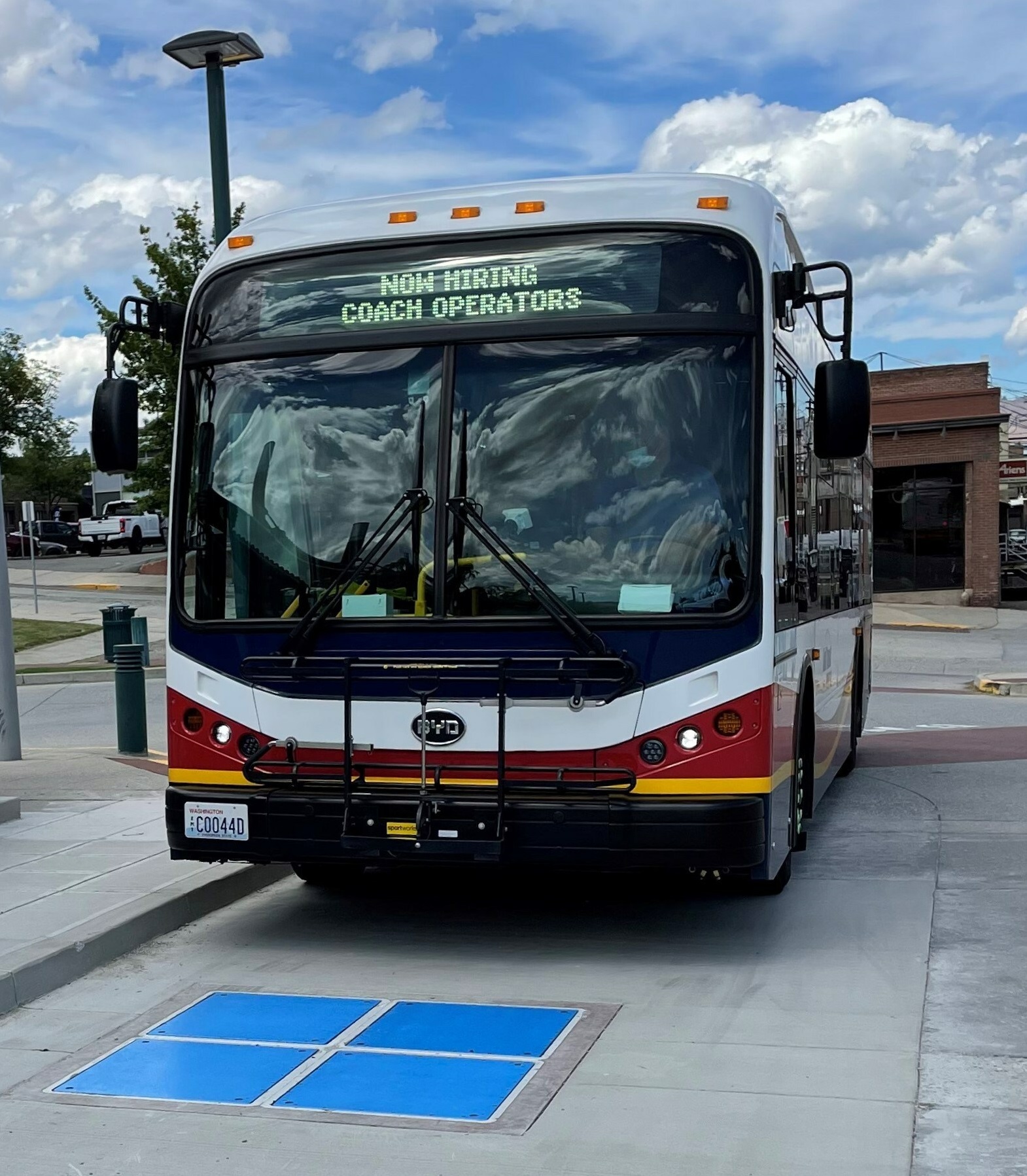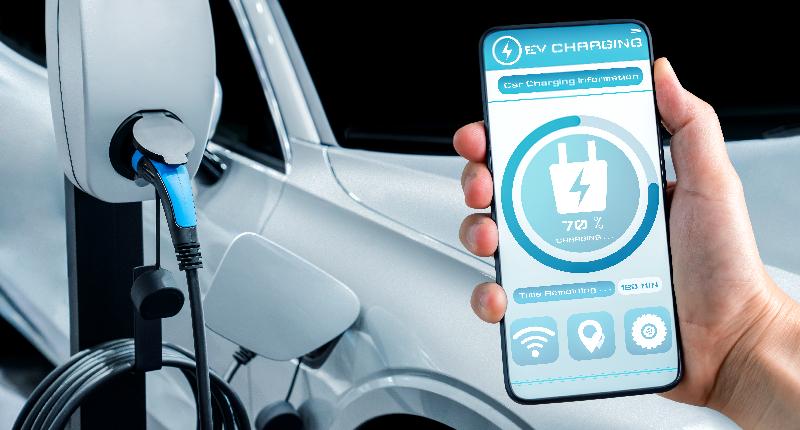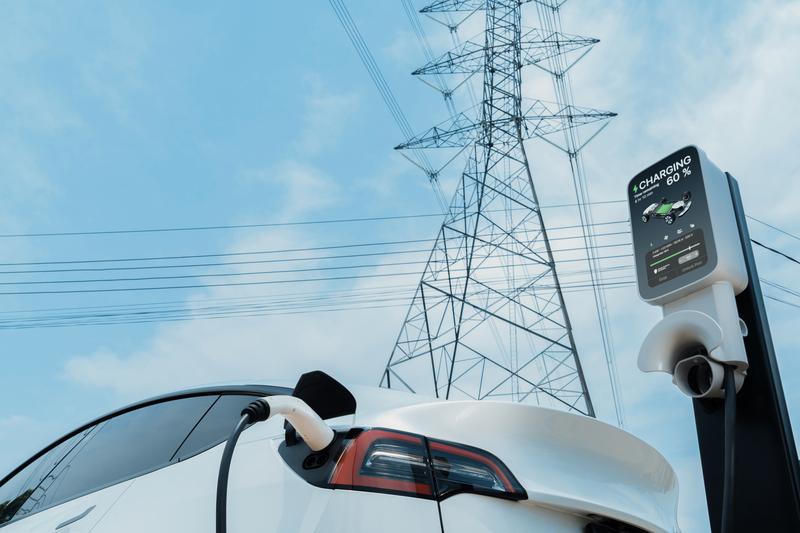
US-based WiTricity says this marks the first-ever commercial application of wireless charging for an autonomous electric e-bus, with WiTricity providing a key feature in one of the most advanced public transportation systems in the world.
“We are so excited to see this first real demonstration with YuTong Bus of wireless charging powering autonomy at scale,” said WiTricity CEO Alex Gruzen. “As autonomy progresses, the logistics of charging and servicing will become even more critical. WiTricity wireless EV charging can enable the next generation of electrified transportation and logistics.”
The commercial deployment of wireless charging in YuTong’s e-buses will debut in Zhengzhou, China, on the Xiaoyu 2.0 autonomous minibus. The level 4 autonomous bus that seats 10 passengers has a range of 150km.
WiTricity says its Halo chargers simplify the charging experience by removing the need to plug in. It adds that this is particularly significant in transit applications, where the heavy and awkward cords and cables required could contribute to slips and falls, the leading cause of workers’ compensation claims for commercial drivers. As transit applications for autonomous shuttles and buses grow worldwide, wireless charging will play a key role in keeping those vehicles on the road.
WiTricity has seen the deployment of its wireless EV charging to date in passenger vehicles, including FAW’s HongQi and Genesis’s GV60. Taxi trials are also underway, showing off the use of wireless charging in queues to give the taxis 'power snacks' as they wait for their next fare. The company adds that the Yutong buses are the first demonstration of wireless charging with autonomous commercial vehicles.
To see the YuTong bus charging wirelessly, see the video.









